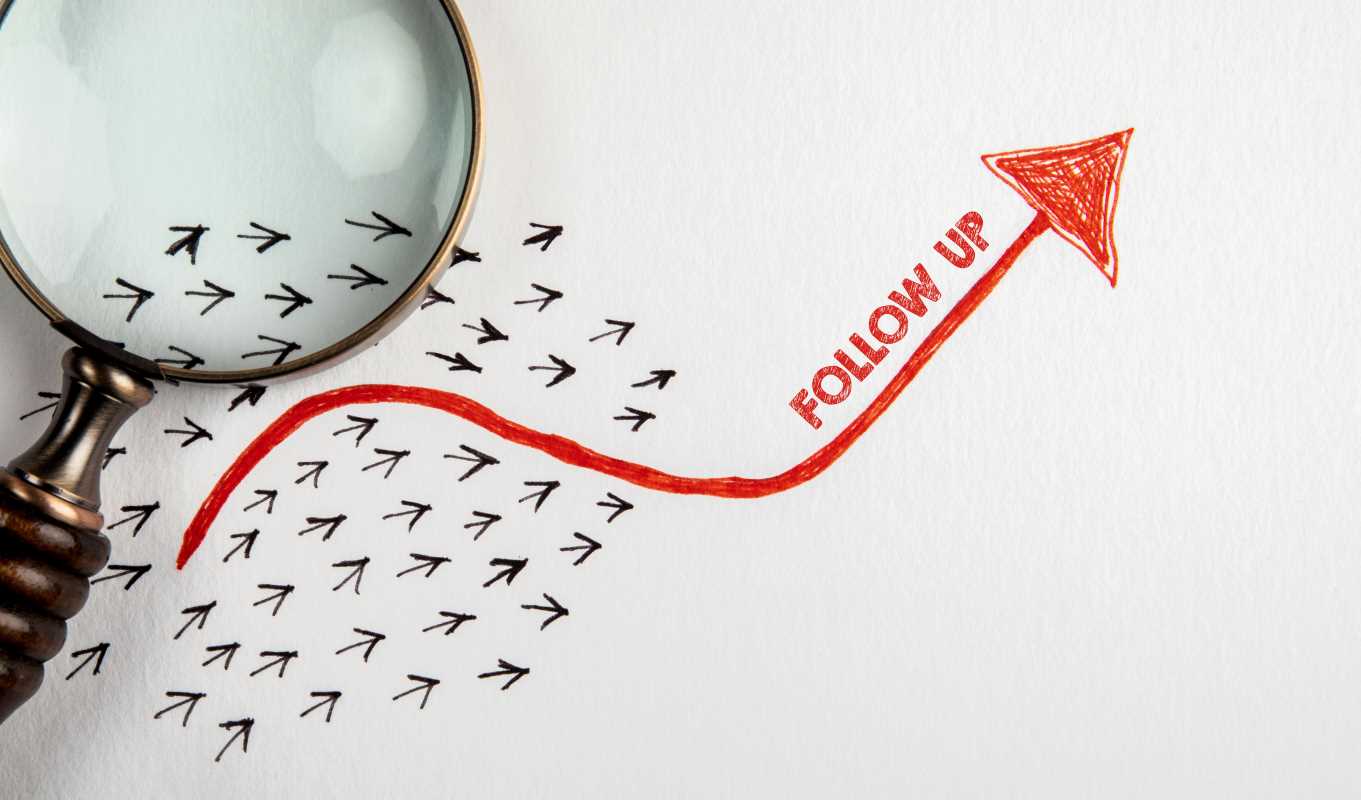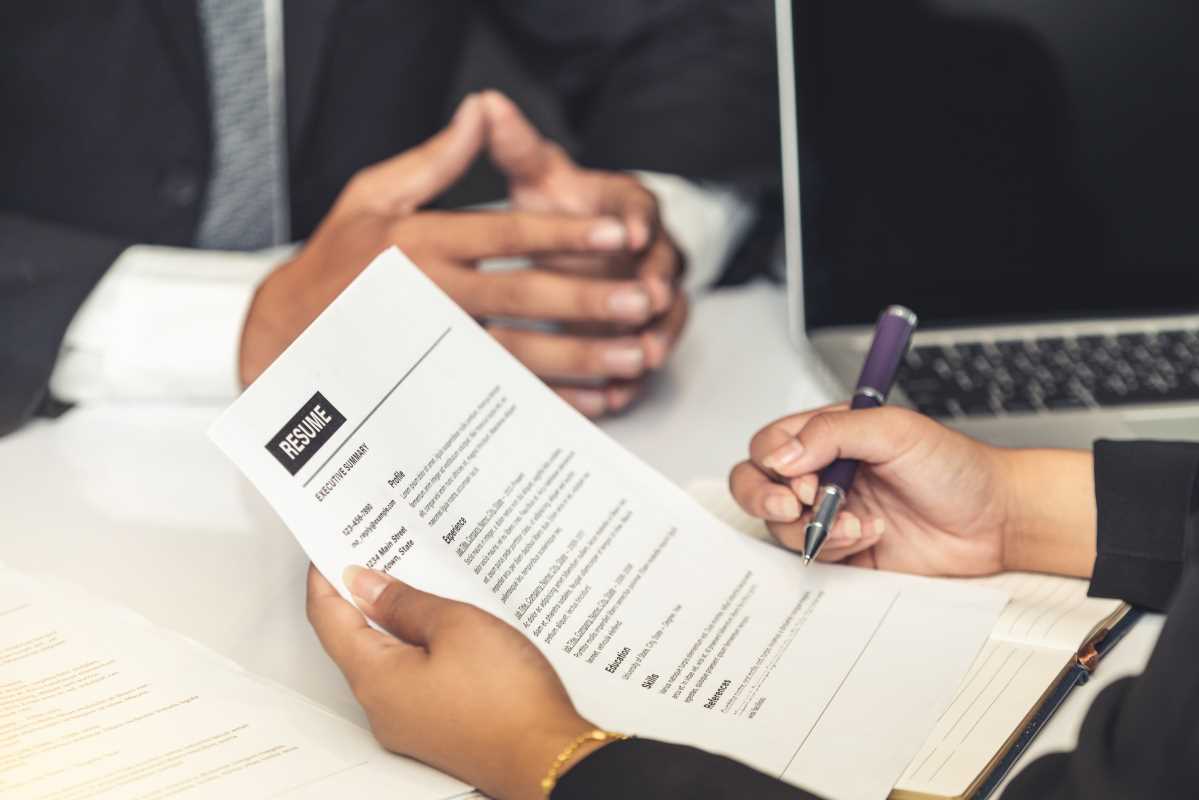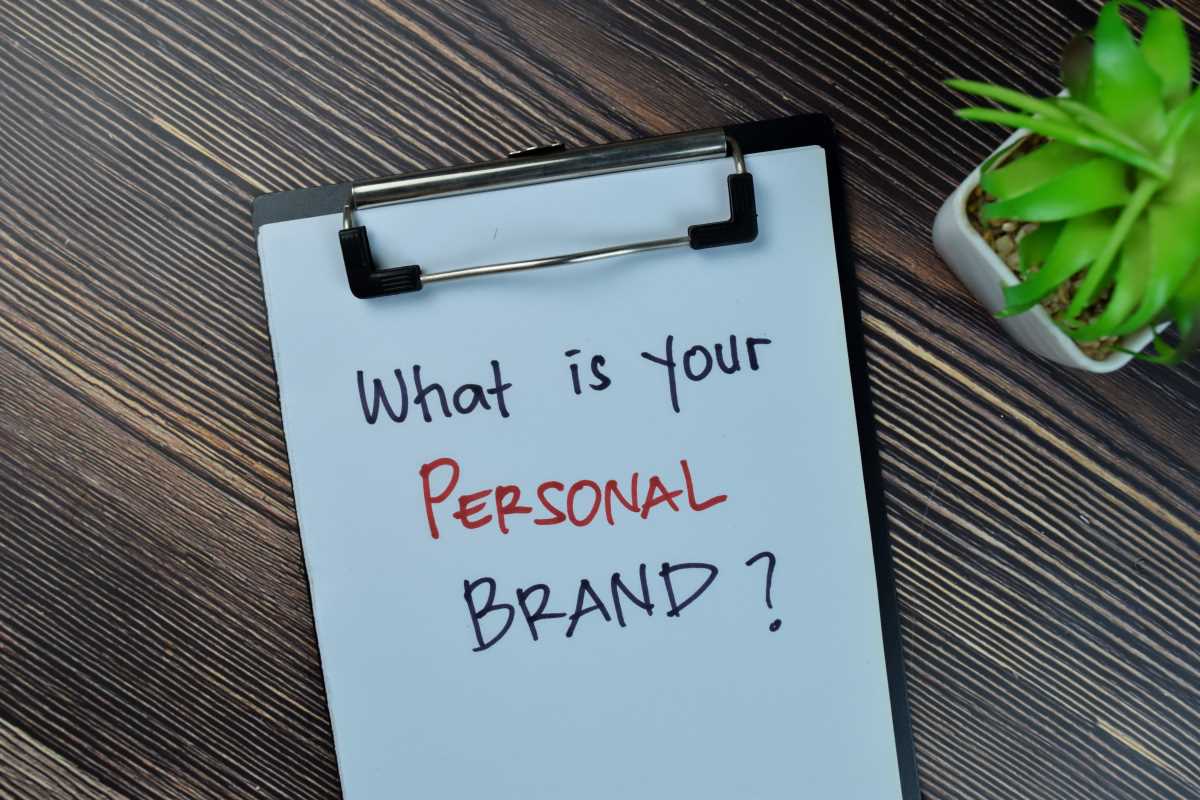You had a great conversation. Whether it was a formal job interview, a coffee chat with a potential mentor, or a quick introduction at a networking event, you walked away feeling energized and optimistic. You made a real connection. But what happens next? So many of these promising interactions fade away into silence simply because one crucial step was missed: the follow-up. Following up is the bridge between a single conversation and a lasting relationship. It’s a skill that shows you are professional, organized, and genuinely interested. It’s the art of politely reminding someone that you exist and that your conversation mattered. Mastering this art is one of the most powerful things you can do for your career, helping you turn fleeting moments into meaningful connections and future opportunities.
The Golden Rule: Send the Initial Follow-Up Within 24 Hours
Timing is everything. Your first follow-up, whether it’s after an interview or a casual meeting, should always be sent within 24 hours. This is non-negotiable. The conversation is still fresh in both of your minds, making your message more impactful. Waiting too long can make it seem like an afterthought or, worse, like you’re not that interested.
This initial follow-up is usually a thank-you note. Its purpose is to express gratitude, reiterate your interest, and solidify the connection.
What to include:
- A Clear Subject Line: Make it easy for them to know who you are. "Thank you - [Your Name]" or "Great connecting at [Event Name]" works well.
- A Personal Touch: Don't send a generic, copy-and-pasted message. Reference something specific you talked about. This proves you were listening and makes your message stand out. For example, "I really enjoyed our discussion about the future of AI in marketing."
- Reiterate Value: Briefly connect the conversation to your goals or skills. If it was an interview, you might say, "Our conversation solidified my excitement for this role, and I’m confident my experience in [Skill] would be a great asset to your team."
- Keep it Short and Sweet: Your message should be concise and easy to read. Three or four short paragraphs is plenty. Remember, you’re respecting their time.
The Follow-Up After a Job Interview
This is one of the most high-stakes follow-up situations. After sending your initial thank-you note within 24 hours, the waiting game begins.
How to handle it:
- Respect the Timeline: At the end of your interview, you should have asked about their hiring timeline. If they said they’d be in touch in two weeks, do not email them after one week. Patiently waiting shows you are professional and can follow directions.
- The Gentle Nudge: If the timeline they gave you has passed by a day or two, it is perfectly acceptable to send a polite check-in email. Hiring processes often have unexpected delays, and your message can be a helpful reminder.
- The Check-In Email Formula: Keep it brief and friendly. You are not demanding an answer; you are simply checking on the status.
Example Check-In Email:
Subject: Following up on the [Job Title] interview
Dear [Hiring Manager's Name],
I hope you’re having a productive week.
I’m writing to politely follow up on my interview for the [Job Title] position from [Date]. I remain very interested in the opportunity to join your team.
I was wondering if you had any updates on the position. Please let me know if there's any other information I can provide from my end.
Thank you again for your time and consideration.
Best regards,
[Your Name]
The Follow-Up After a Networking Conversation
You met someone interesting at an event or had a great informational interview. Your 24-hour thank-you note has been sent. Now what? The goal here is to stay on their radar without being annoying. This is about nurturing a long-term relationship, not just getting a job tomorrow.
How to do it:
- Find an Excuse to Be Helpful (The "Value-Add" Follow-Up): The best way to stay in touch is to offer value. This is a follow-up with a purpose other than just saying "hello." Look for opportunities to be helpful. This could be weeks or even months after your initial chat.
- Share a Relevant Article: If you come across an article or a report that relates to a topic you discussed, send it their way with a short note. "Hi [Name], I saw this article today and it made me think of our conversation about [Topic]. Thought you might find it interesting!"
- Congratulate Them on a Win: See on LinkedIn that they got a promotion or their company launched a new product? Send a quick note of congratulations. "Hi [Name], just saw the news about your promotion. That's fantastic, congratulations!"
- Make an Introduction: If you meet someone who could be a valuable connection for them, offer to make an introduction (after getting permission from both parties).
The "Keeping in Touch" Follow-Up
Sometimes, there’s no specific reason to reach out, but you don’t want a valuable connection to go cold. It’s perfectly fine to send a simple check-in message every few months.
How to do it:
The key is to keep it low-pressure and focused on them.
- The "Thinking of You" Message: A simple, "Hi [Name], I was just thinking about our conversation from a few months ago and wanted to reach out and say hello. How have things been?" can work wonders.
- Provide a Quick Update: You can also provide a brief, positive update on your own situation. "Hi [Name], I wanted to share some good news—I just landed a new role as a [Job Title]! I really appreciated the advice you gave me a while back. How have you been?"
What Not to Do: The Follow-Up Fails
Just as a good follow-up can help you, a bad one can hurt you. Avoid these common mistakes:
- Being Too Frequent: Don't bombard people with messages. Following up every other day is a quick way to be labeled as annoying.
- Being Too Demanding: Your tone should always be polite and respectful, not demanding. Avoid phrases like "Why haven't I heard from you?"
- Making it All About You: The best follow-ups provide value or focus on the other person. A message that just says "Just following up to see if you have a job for me" is unlikely to get a positive response.
 (Image via
(Image via





